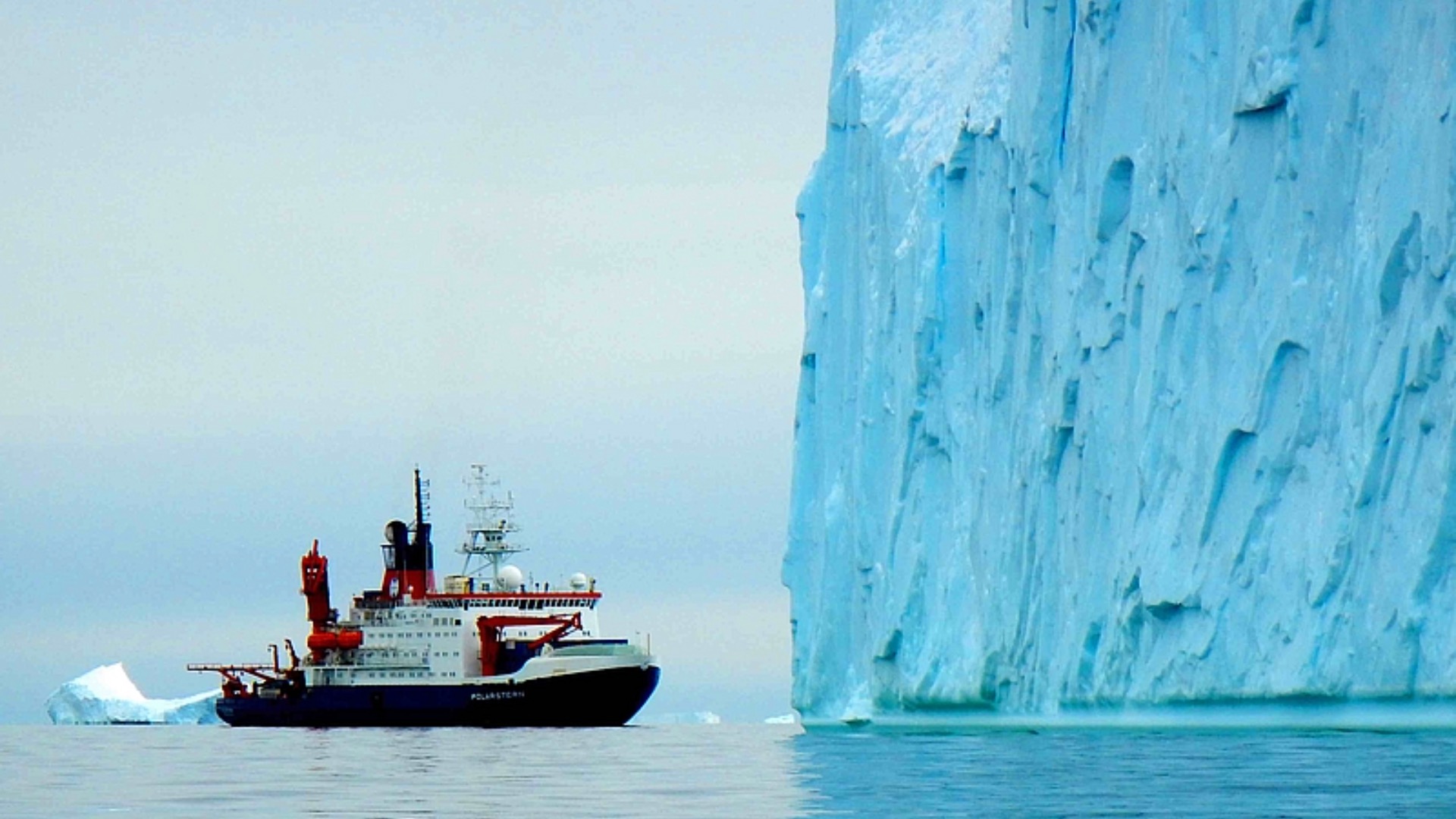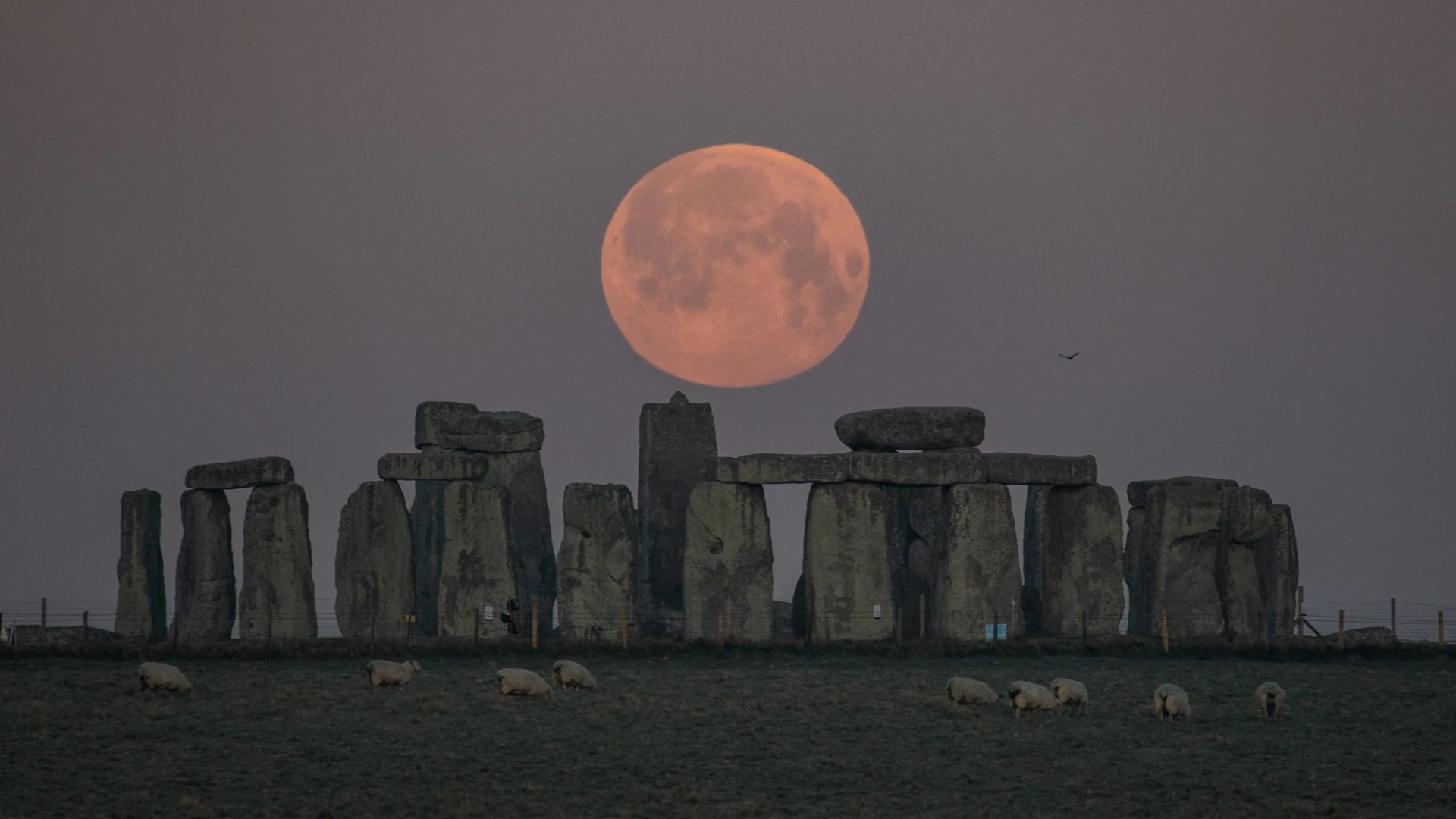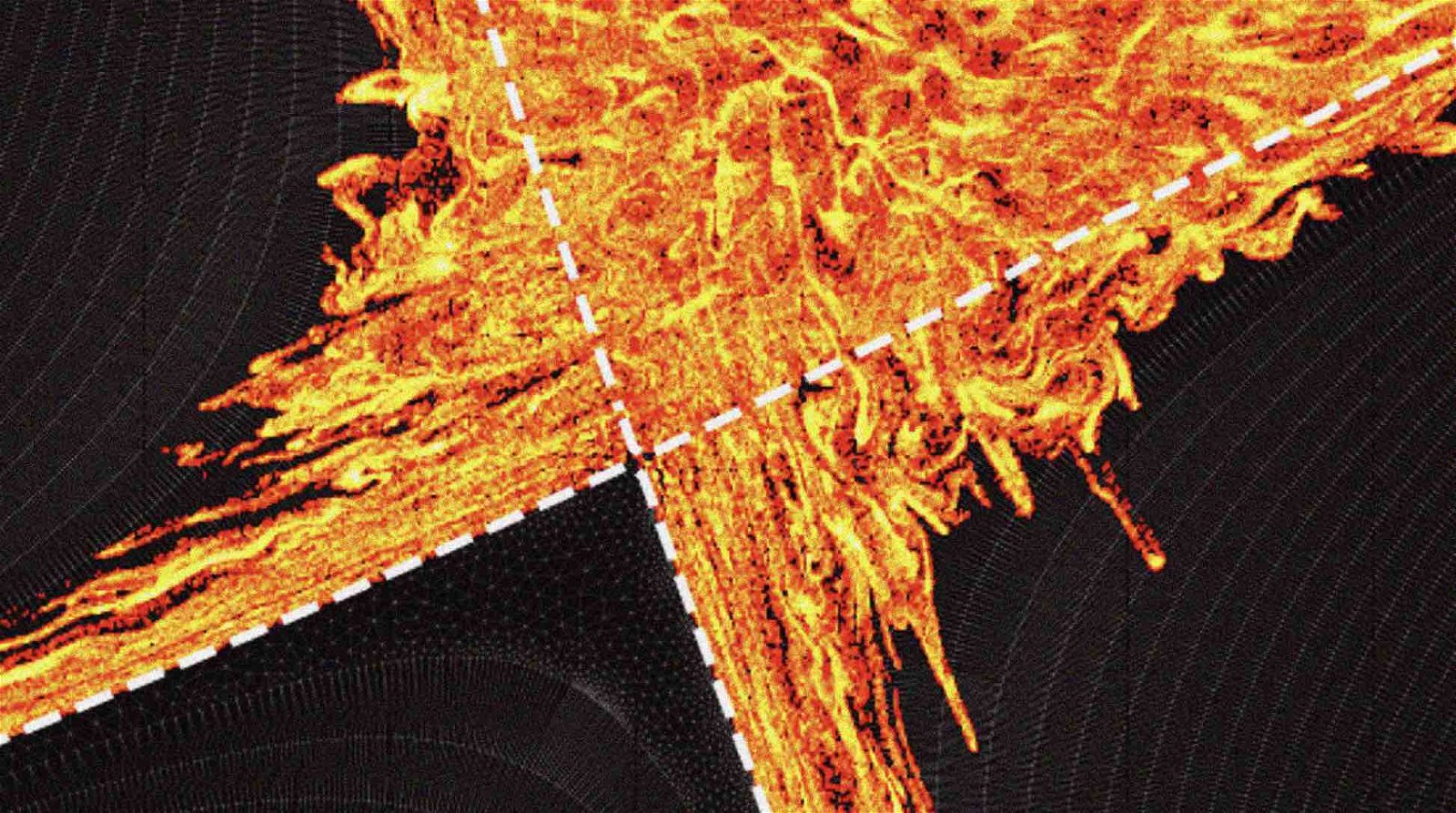How to get stuck with an epic side eye
A swallow looks like a hallucination of a fish. Her body is flat like a pancake, with her head permanently bent to one side, and instead of having one eye on each side of her head, both eyes are crowded on one side. This anatomy, strange as it is, is one of the remarkable success … Read more









